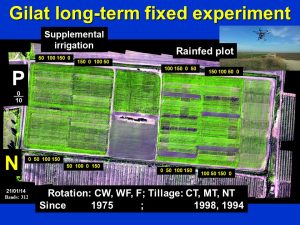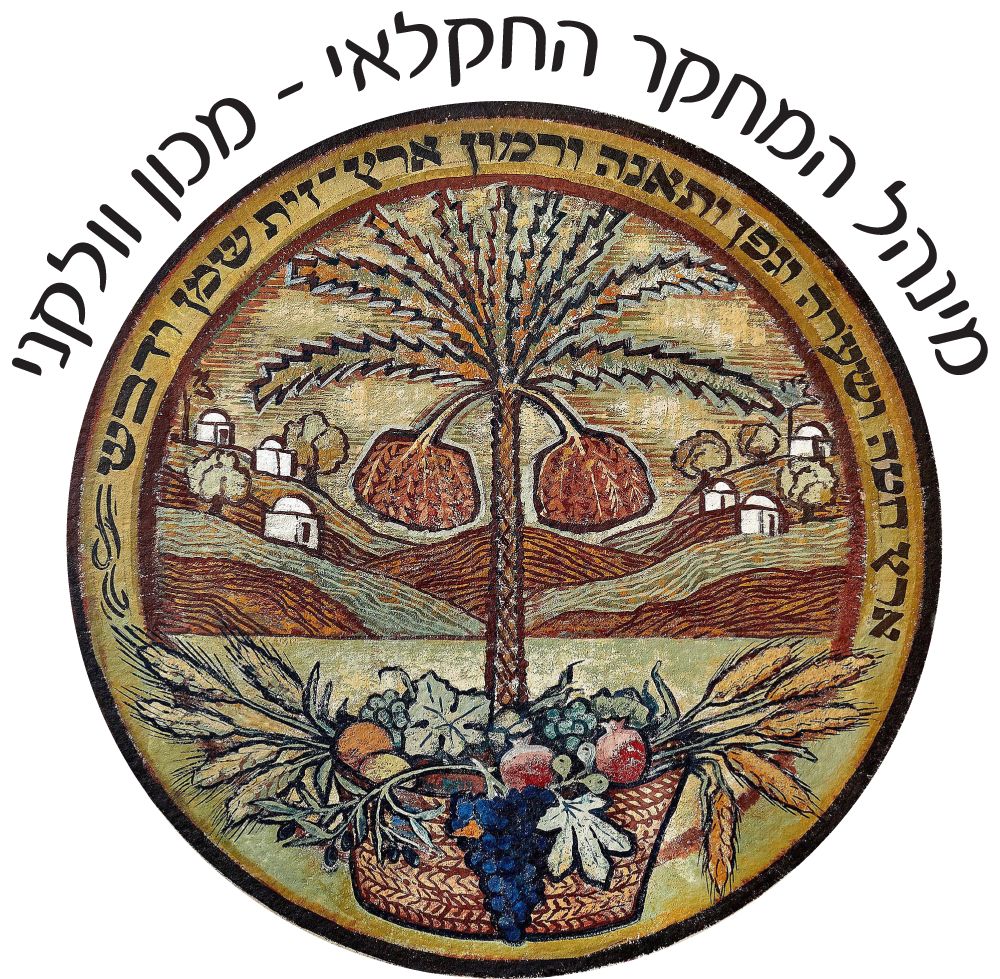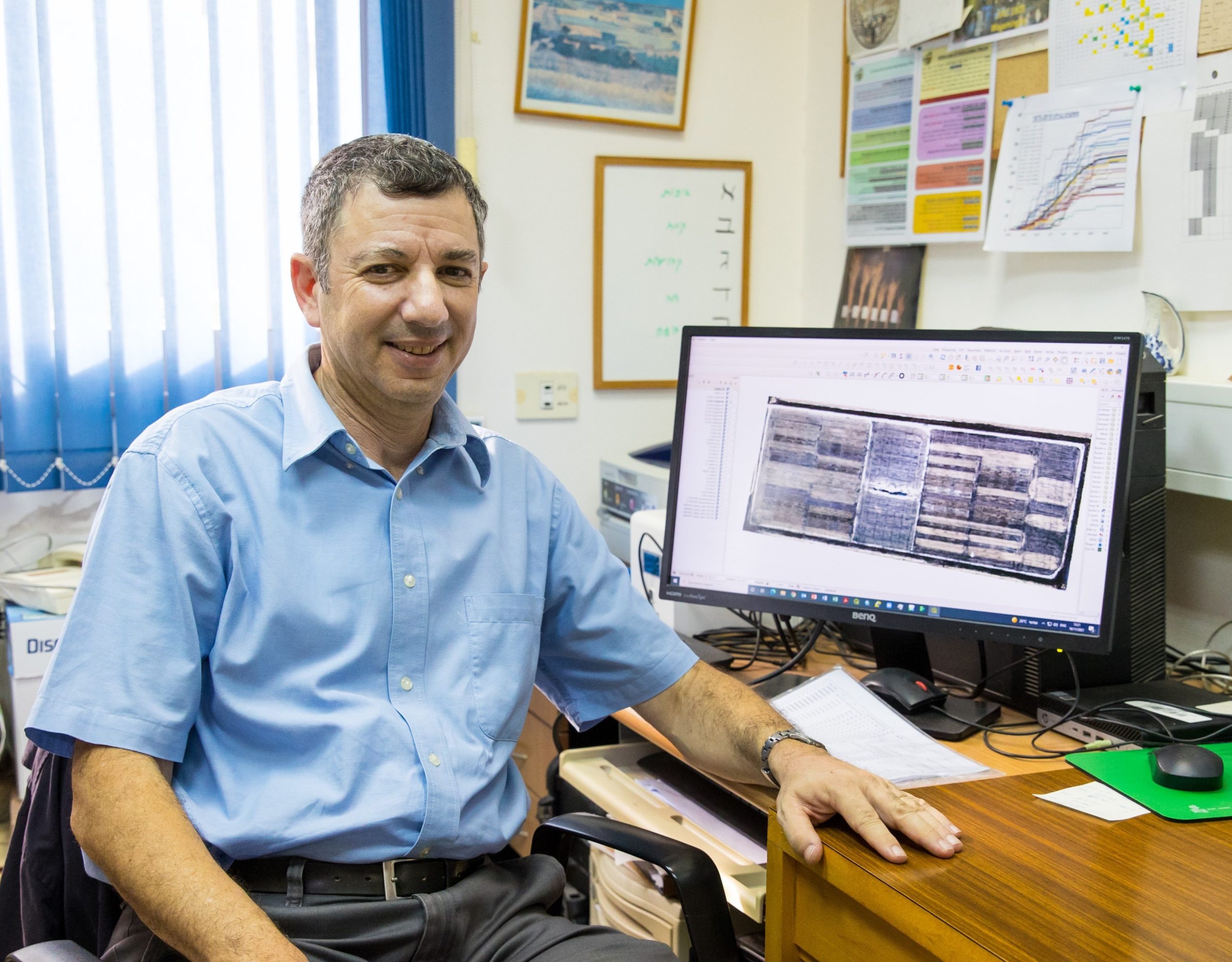David Bonfil Ph.D.
Research Scientist
- Gilat Research Center
- Gilat researchers
- ARO, Gilat Research Center M.P. Negev, 8531100, ISRAEL
- +972-506220156
- +972-89928654
Biography
Education
1984-1986, Faculty of Agriculture, Hebrew University of Jerusalem, Field Crops, B.Sc.
1987-1989, Faculty of Agriculture, Hebrew University, Field Crops, M.Sc. Title of thesis: Physiological and agronomic aspects of the potential yield of chickpea. Supervision by: Prof. M.J. Pinthus.
1990-1994, Faculty of Agriculture, Hebrew University, Field Crops, Ph.D. Title of thesis: Gluten components of wild wheat Triticum turgidum var. dicoccoides as affected by the different soil types in the Galilee and the Golan. Supervision by: Prof. U. Kafkafi and Prof. H. Czosnek.
1995-1996, The Institute of Life Science, Hebrew University, Plant Science, Post-doc. with Prof. A. Kaplan. Research subject: Cyanobacterial mutants impaired in bicarbonate uptake isolated with the aid of an inactivation library.
2005-2006, Cornell University, Ithaca, NY. Crop and Soil Sciences. Sabbatical.
Dr. David J. Bonfil – Major Research activities
- Studies on crop management (rotation, no-tillage, mineral nutrition, weeds etc.) to improve rainfed field crops facing climate change.
- Precision agriculture: developing new fertilization managements, that include decision support systems to increase wheat grain yield and quality, site specific managements and variable rate application, based on GIS layers, and multi/hyper spectral remote sensing suited for semi arid regions.
- Wheat grain quality parameters as affected by the genotype X environment interaction, and health components.
On-going Research Grants
Climate change and legume production: Improving resilience, yield and nutritional value under drought and heat, a multidisciplinary study. (CI)
Spelt Wheat, a new crop in Israel: breeding, quality and nutritional value. (CI)
Identification and characterization of Nigella unique lipids and natural products as functional components for nutritional supplements. (CI)
Accelerating the performance of a low-cost HS scanner made for agricultural use by machine learning. (CI)
An AI-based system for the implementation of nitrogen fertilization in wheat fields. (CI)
Bitter vetch (Vicia ervilia), a neglected legume for sustainable semi-arid rotations. (CI)
Development of a tool to deal with warming during the wheat grain filling phase. (PI)
Development of a tool to deal with change in rainy days and rain intensity during wheat growth. (PI)
Research Interests
Long term experiment
 Long-term Experiments for Improving Sustainability and Productivity of Rainfed Field Crops in the Negev Regions
Long-term Experiments for Improving Sustainability and Productivity of Rainfed Field Crops in the Negev Regions
Maintaining soil quality and fertility is of worldwide importance. Any changes in the factors influencing soil quality and soil processes can take decades to have any measurable effect. Similarly, the effects of agriculture on the wider environment may take years to become obvious. Long-term experiments with their contrasting treatments and management are an invaluable resource, which we can use to examine these effects in greater detail. Dr. Amir started a long-term field experiment in 1975 at the Gilat Research Center, located in the south of Israel (31°20’ N, 34°41’ E) to determine best managements for semi-arid and arid wheat dominated cropping system. The site is characterized by an average annual precipitation of 230 mm and sandy loam loess–Calcic Xerosol soil. An irrigation-rotation-tillage-fertilization long-term study was conducted, and the main objects were to measure the effects on crop yields of inorganic nitrogen and phosphorus, clean fallow and supplemental irrigation. Like the classical oldest long-term experiment in Rothamsted UK, the experiment has been modified on occasion. The main treatments that were managed by conventional tillage were established in 1975, while no-tillage treatment was initiated in 1994 and minimum tillage in 1998. Water and fertilization have been kept almost without modification; one field examined in non-irrigated conditions and another one with supplemental irrigation. Fertilization treatments include 4 nitrogen and 2 phosphorus levels. Rotation include continues wheat vs. clean fallow or other fallow crop. Hence, high variation exists each year between the harvested 384 subplots. Moreover, according to environmental conditions, mainly rain, there is a high variation between years too.
Research Areas
- crop management (rotation, no-tillage, mineral nutrition, weeds etc.) to improve rainfed field crops facing climate change.
- Precision agriculture: developing new fertilization managements, that include decision support systems to increase wheat grain yield and quality
- Wheat grain quality parameters as affected by the genotype X environment interaction, and health components

